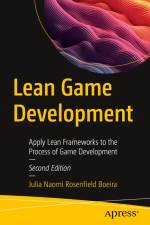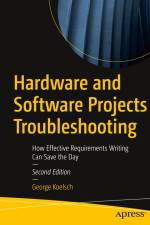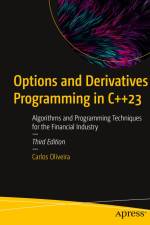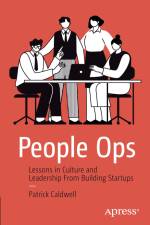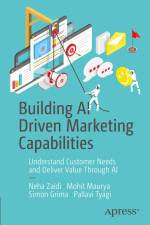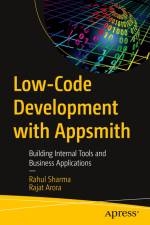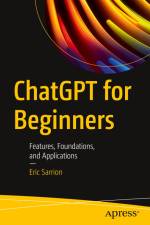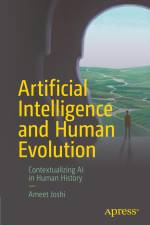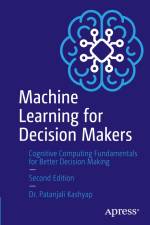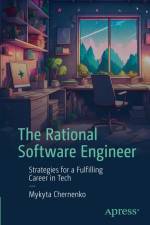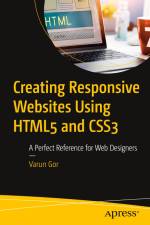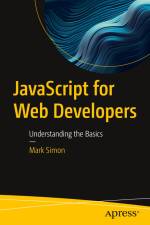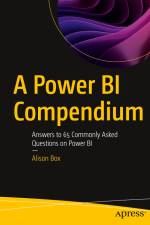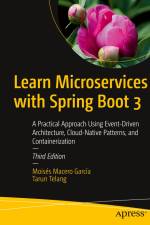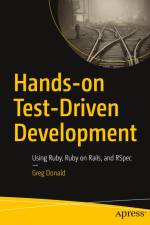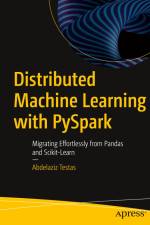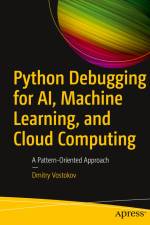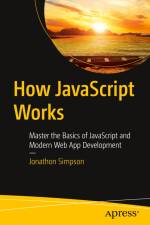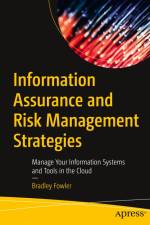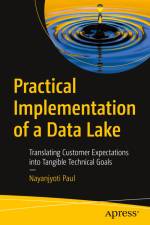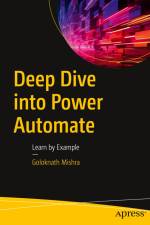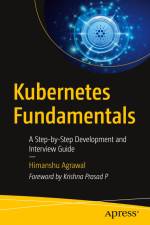av Eric Sarrion
421
If yoüre a complete newbie whös wondering exactly what ChatGPT is, what is does, and how it can be a valuable resource for non-coders, this is the book for you. With a comprehensive exploration of ChatGPT¿s features, foundations, and applications, this guide will serve as a valuable resource for beginners venturing into the world of conversational AI.ChatGPT for Beginners has four parts. Part one provides a step-by-step introduction to using ChatGPT, from accessing the OpenAI website and creating an account to starting conversations, changing responses, and getting conversation summaries. Part two delves into the foundations of the large language model that powers ChatGPT. It covers topics such as the definition of ChatGPT, its knowledge domains, the basics of natural language processing, machine learning techniques applied to language processing, and the role of neural networks in ChatGPT¿s operation. Part three covers a wide range of practical applications,from letter writing to business content creation, text translation, language learning, recruitment processes, artistic content creation, and fostering innovation and creativity. Part four examines the strengths and limitations of ChatGPT, addressing ethical considerations related to data security, bias, and partiality. It also delves into the future advancements and challenges that lie ahead for ChatGPT, providing insights into the developing landscape of conversational AI. After completing this book, you will be able to harness the full potential of ChatGPT. Whether you are a student, professional, or are just curious about the capabilities of this AI technology, this book will serve as your essential companion in unlocking the possibilities of ChatGPT. What You Will Learn Access ChatGPT, create an account, and initiate conversations Understand what ChatGPT is, its knowledge domains, and how it works through natural language processing, machine learning, and neural networks Ask relevant questions to ChatGPT, and obtain quality responses Manage the degree of randomness in the responses using parameters such as temperature, frequency, and presence Who This Book Is ForStudents, professionals, and anyone else curious about the capabilities of ChatGPT.

